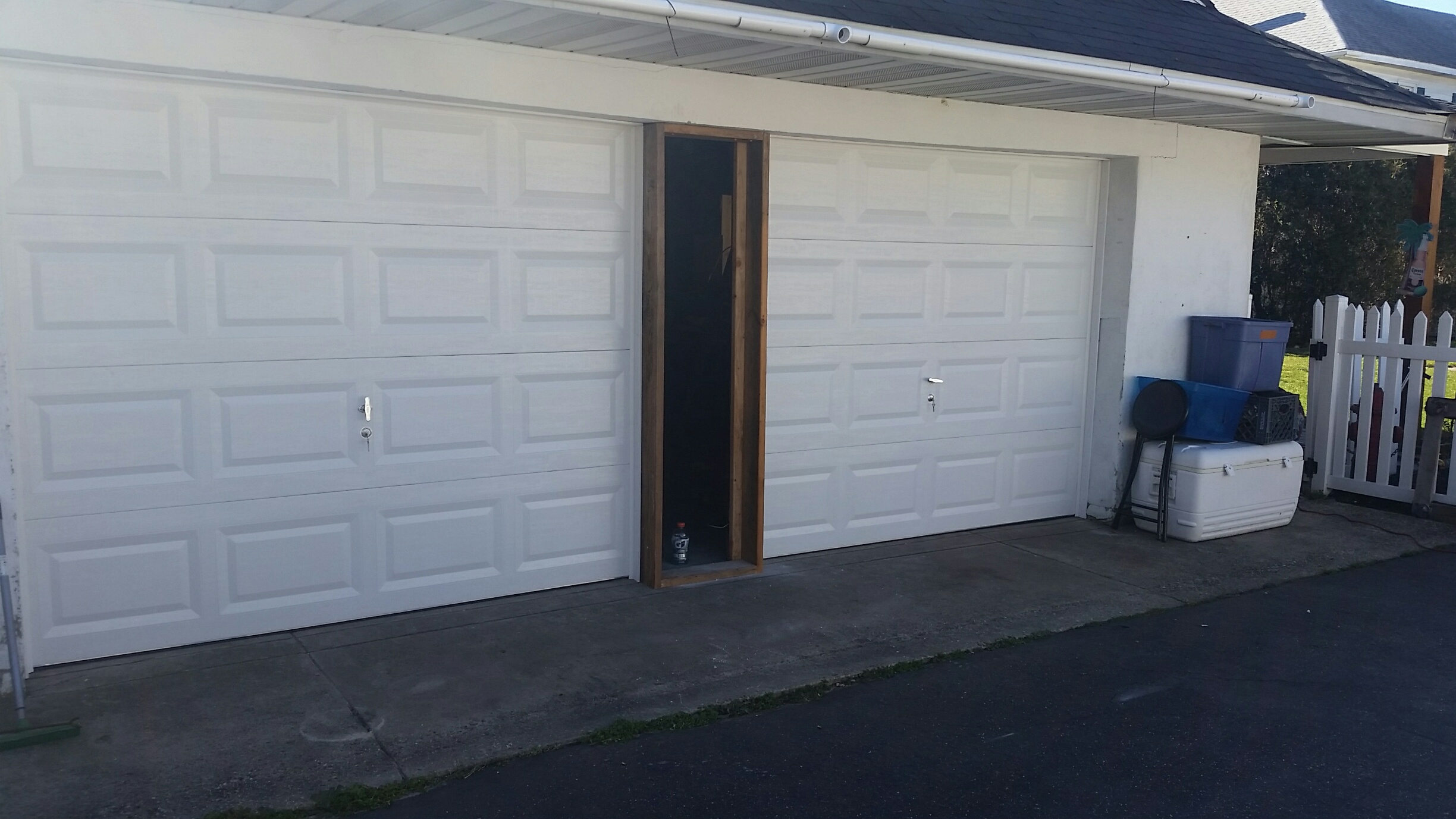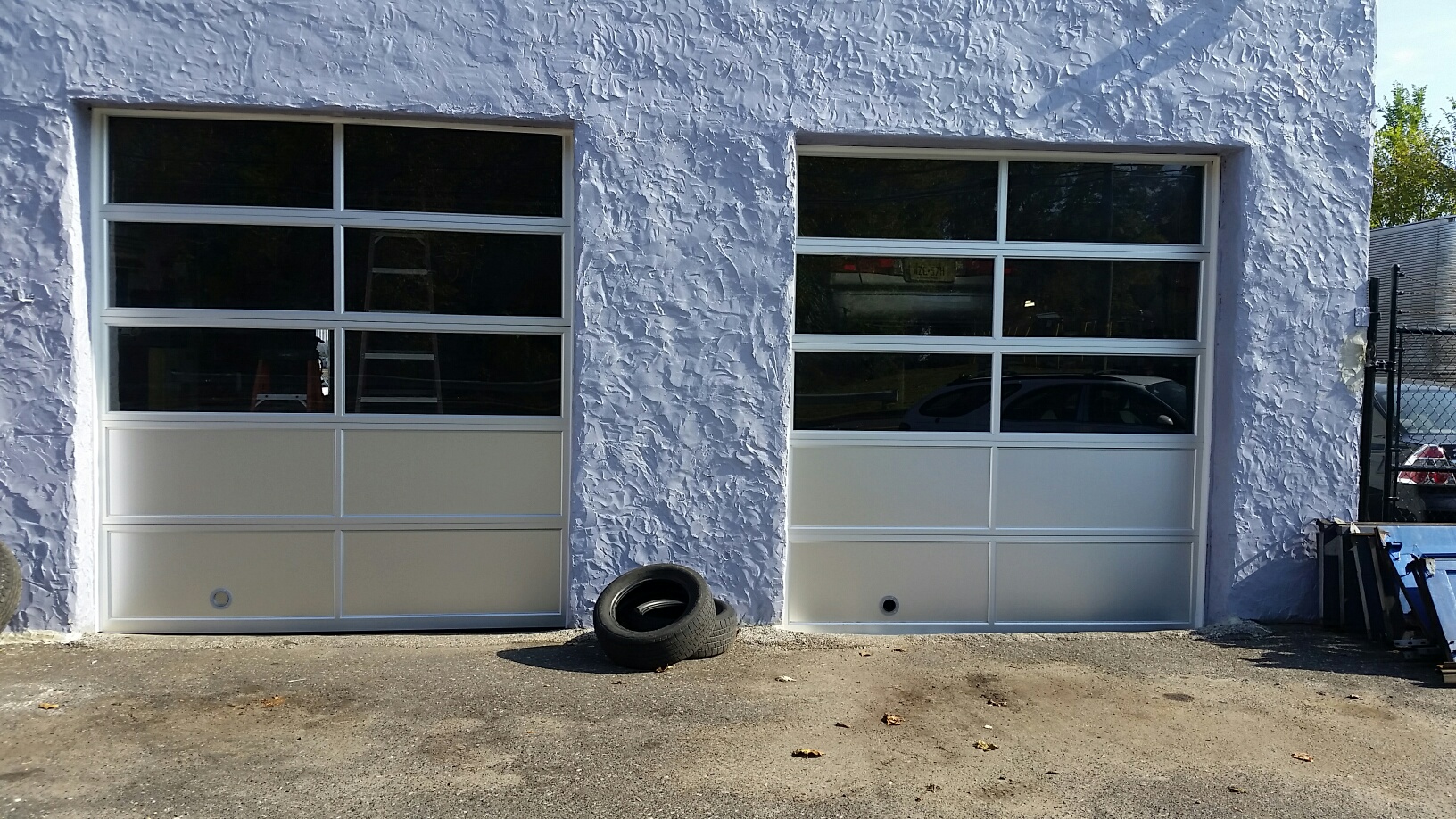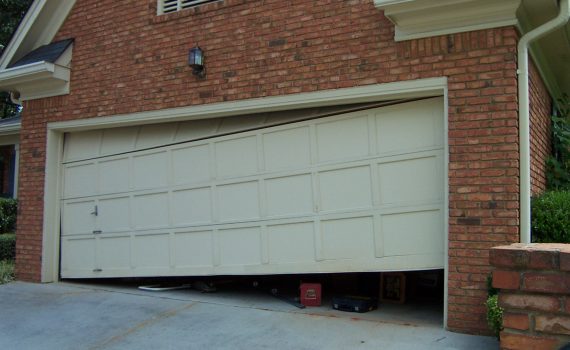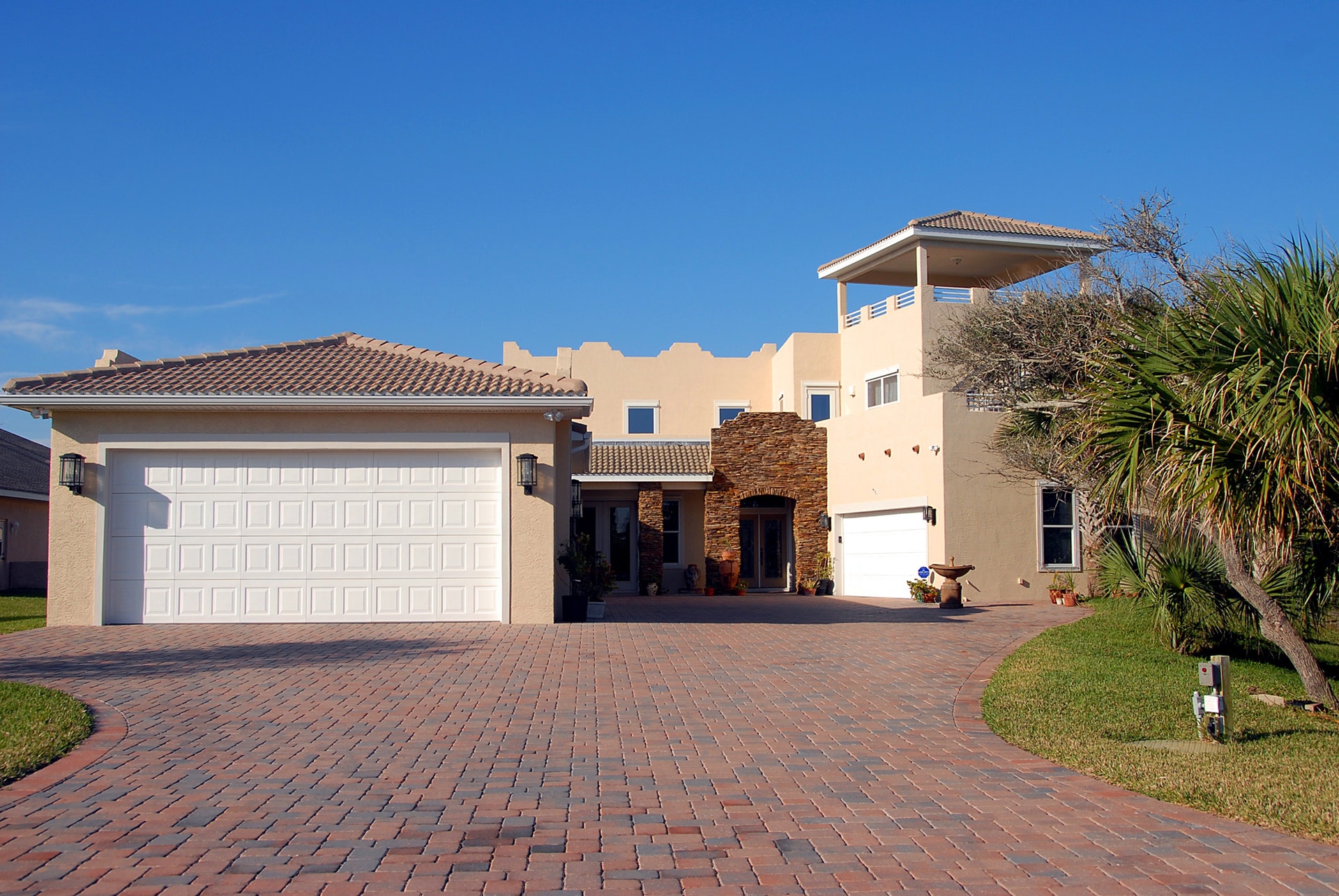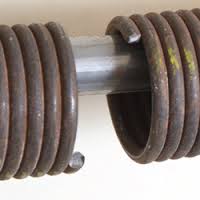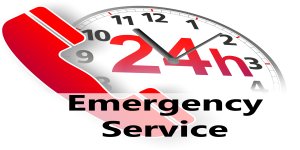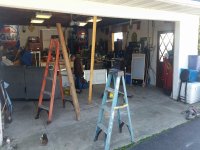
Expert Garage Door Repair by Dave Moseley “The Door Guy”
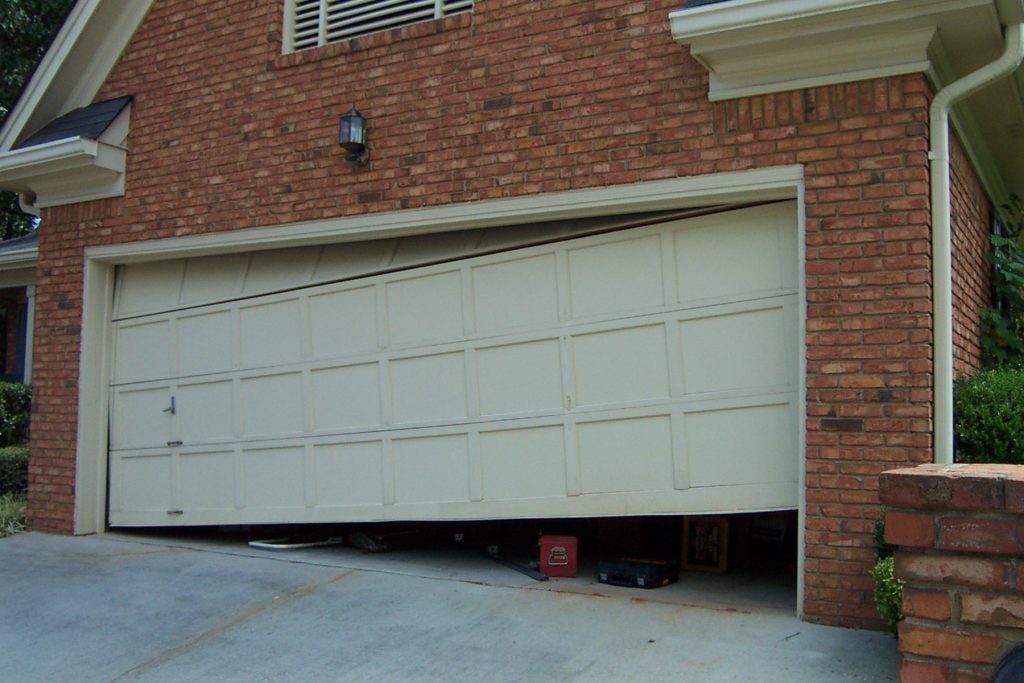
Your garage door is an essential part of your home. It provides what every home needs to be called a complete home – security, convenience, and protection. However, just like other systems, your garage door system can run into a mechanical fault. If you notice your garage making a lot of noise, looking uneven, or performing slower, it may be time to consider expert garage door repair. Don’t ignore these signs, as neglecting them can lead to bigger issues down the road. Take your seat and take this blog seriously for insights on how to address these concerns.
Additionally, if you notice that your garage door is becoming warped or overly weathered, it’s time to call a professional for expert garage door repair and to discuss tips for buying a new garage door. A broken garage door system can compromise the safety of the stored tools, household belongings, and cars by making it easy for intruders to get inside. All a prowler has to do is quietly lift a broken garage door to steal your belongings. If you have an attached garage, an intruder can enter the rest of your home through an attached garage.
In this blog post, we will discuss some common garage door problems that homeowners often encounter and provide advice on how to fix them. If you’re unable to resolve the issue on your own, it may be time to seek expert garage door repair to ensure the problem is addressed safely and effectively.
Ready? Let’s go!
Is It Safe To Repair a Garage Door Yourself?
It is generally not safe to repair a garage door yourself, especially if you are not experienced or familiar with the mechanics of garage doors. Garage doors can be heavy and have complex systems, so it is recommended to hire an expert garage door repair technician for safety and efficiency.
While it may not be safe to handle major garage door repairs yourself, there are some minor tasks you can perform to keep your garage operating smoothly. If you’re unsure, it’s always best to consult a professional for expert garage door repair. Here are a few safety tips to keep in mind when attempting these small repairs:
- Before starting any repair work on your garage door, it’s crucial to disconnect the power. This ensures that the door won’t accidentally activate while you’re working on it.
- Use proper tools: Always use the right tools for the task at hand. Using improper tools can lead to accidents or damage to the door.
- Wear protective gear: To ensure your safety, always wear protective gear such as gloves and safety glasses when working on your garage door.
Common Garage Door Problems
Now that you are aware of the major safety tips to get a DIY job done. Let’s expose you to the common garage door problems many homeowners often encounter:
1. Squeaky hinges and rollers
If your garage door is producing creaks and groans, the primary culprit could be the hinges, rollers, and bearings. Giving them a little tender loving care can help to silence those annoying sounds. Lubricating the hinges, rollers, and bearings with a specialist lubricant, such as loud noises, can make all the difference in reducing friction and noise. It is also important to ensure that all moving parts, including the metal tracks, are well-maintained to prevent wear and tear over time, which can lead to more significant issues down the line.
If you can’t remember the last time you cleaned them, now is the time to clean the rollers and tracks with a good brushing and lubricate the rollers and axles. The bearings on rollers can also wear out; replace any rollers that don’t operate smoothly. For more complex issues or repairs, consider reaching out to an expert garage door repair service to ensure the job is done right.
DIY Fix
- Wipe down the rollers and hinges with a rag to remove any dirt and grime.
- Apply the silicone lubricant to the rollers and hinges. Be generous!
- Open and close the door a few times to distribute the lubricant evenly.
2. Stuck or Jammed Door
Sometimes, your garage door decides it wants to stay put. The culprit? Misaligned tracks, dirt, or debris in the way. To fix a stuck or jammed garage door, follow these steps:
DIY Fix
- Inspect the tracks: Start by examining the tracks on both sides of the door. Look for any obstructions such as dirt, debris, or loose screws. If you spot any, use a rag to clean the tracks and tighten any loose screws.
- Check for misalignment: Sometimes, the tracks can become misaligned, causing the door to get stuck. Use a wrench or pliers to adjust the tracks so that they are parallel and evenly spaced from each other.
- Lubricate moving parts: Apply a generous amount of silicone lubricant to the rollers, hinges, and any other moving parts of the door. This will help reduce friction and ensure smooth movement.
- Test the door: After lubricating the moving parts, try opening and closing the door to see if it moves smoothly. If it still gets stuck or jams, there may be another underlying issue that requires professional attention.
3. Remote Control Problems
If your remote control is acting up, there are a few things you can try before giving up on it. Just make sure the batteries are not dead or low on power before you start fixing. If they are, replace them and check if the remote works properly.
DIY Fix
- First, make sure the antenna on your garage door opener is properly aligned. Sometimes, it can get bumped out of place or become obstructed by objects nearby. Adjust the antenna so that it’s pointing upwards and clear from any obstructions.
- If realigning the antenna doesn’t work, refer to your garage door opener’s manual for instructions on reprogramming the remote control. Typically, you need to press specific buttons in a certain order to reset the programming.
- If these DIY fixes don’t solve the problem, it may be time to call in a professional garage door repair service. They have the expertise to diagnose and resolve complex remote control issues.
4. Torsion Spring Troubles
The torsion spring is an essential component in the smooth operation of your garage door, yet it often goes unnoticed until it breaks. Some of the common symptoms of spring troubles, such as worn-out extension springs and the door feeling heavier than usual to lift, include the door closing too quickly or not closing all the way, or a loud banging noise when the door is in motion.
The weight of the door is counterbalanced by these extension springs, allowing it to be raised and lowered with just a few pounds of force applied by hand or through the assistance of a professional technician or a motorized garage door opener. If the extension springs wear out and lose their resiliency, it may be necessary to replace them. Replacing worn-out springs is usually a job for a professional technician who specializes in expert garage door repair.
DIY Fix
- When it comes to torsion spring troubles, it’s important to remember that attempting a DIY fix can be dangerous. Torsion springs are under high tension and mishandling them can lead to serious injuries. It’s best to leave this kind of repair to professionals who have the necessary tools and experience.
5. Motor Malfunctions
Dealing with a malfunctioning garage door motor can be frustrating, especially if it leaves you stuck outside or unable to secure your belongings. Here are some steps you can take to address the issue:
DIY Fix
- Check the power source to ensure it’s properly connected and functioning
- Inspect the motor for any obvious signs of damage or wear
- If there are issues with the motor, it may be necessary to replace it entirely
- Consult your garage door opener’s manual for troubleshooting tips specific to your model
If DIY fixes don’t work, contact a professional garage door repair service. It will save you time, money, and frustration.
7. The Mystery of the Erratic Door
You stand in your driveway, perplexed, as your garage door opens and closes without warning. Like a mischievous ghost haunting your home, it seems to have a mind of its own.
There are several potential culprits for this mysterious phenomenon. One possibility is an issue with the garage door opener’s remote control or keypad. Sometimes, stray signals from nearby devices or interference can trigger the door to open or close unexpectedly. Checking the batteries and ensuring that the remote control is not damaged may help resolve this. Additionally, it is important to look at the rollers for rust to remove, as rust can cause the door to operate erratically. For a more thorough inspection or if the problem persists, seeking expert garage door repair services might be a helpful solution.
Another potential cause could be a loose plug to the motor. It is recommended to check if the plug is securely connected to the motor to ensure proper functioning. However, if the door refuses to budge on the first attempt, resist the urge to keep pushing on the automatic opener button. This is likely to cause a more serious problem with the garage door opener, such as stripped gears, broken springs, or a burned-out motor on the opener. If possible, connect the cord to the garage overhead light socket.
DIY Fix
- Check the alignment of the sensors by ensuring that the beams are properly aligned and not obstructed by any debris.
- Clean the sensors with a soft cloth to remove any dirt or dust that may be interfering with their functionality.
- If these DIY fixes do not resolve the issue, it is advisable to seek professional help from a garage door repair service. They have the expertise and knowledge to troubleshoot and fix complex issues with garage doors.
Trying too hard to fix this issue yourself can cause more damage. It’s best to rely on professionals. They will diagnose the cause and provide an effective solution. They can also perform routine maintenance to prevent future issues.
When All Else Fails – Call Dave Moseley the Door Guy
Now, let’s talk about the guy you should call when all your DIY efforts hit a dead end. Dave Moseley, the Door Guy, has been a trusted name in Berlin for years. He’s got the skills, the tools, and the charm to tame even the most adamant garage doors, offering expert garage door repair when you need it the most.
Don’t let those garage door problems in Berlin get the best of you. Armed with these tips and the knowledge that Dave Moseley offers expert garage door repair just a call away, you’re ready to conquer the quirks of your garage door with ease.
Frequently Asked Questions
How do I know if I need expert garage door repair?
If your garage door is making strange noises, not opening or closing smoothly, or showing signs of damage such as dents or warping, it might be time for expert garage door repair. It’s always best to consult a professional when you notice these signs to prevent further damage.
Can I perform expert garage door repair myself?
While some minor maintenance tasks, like lubricating hinges, can be done yourself, expert garage door repair often requires the experience and tools of a professional. Handling complex issues like broken springs or misaligned tracks can be dangerous without proper knowledge.
What are the common problems that expert garage door repair can fix?
Expert garage door repair can address common issues such as squeaky hinges, stuck doors, broken torsion springs, malfunctioning openers, and misaligned tracks. A professional technician will ensure these issues are fixed safely and efficiently.
How much does expert garage door repair cost?
The cost of expert garage door repair varies depending on the type of repair needed, the brand of your door, and your location. However, hiring an expert ensures that the job is done right the first time, potentially saving you money on future repairs.
How do I find an expert garage door repair service near me?
To find an expert garage door repair service, search online for local companies, read reviews, and ask for recommendations from neighbors or friends. Look for companies with certified technicians and experience in handling a variety of garage door issues.
What should I expect during expert garage door repair?
During expert garage door repair, the technician will assess the issue, provide an estimate, and then proceed with the necessary repairs. They will ensure that all components, such as the motor, springs, and tracks, are functioning properly and safely.

